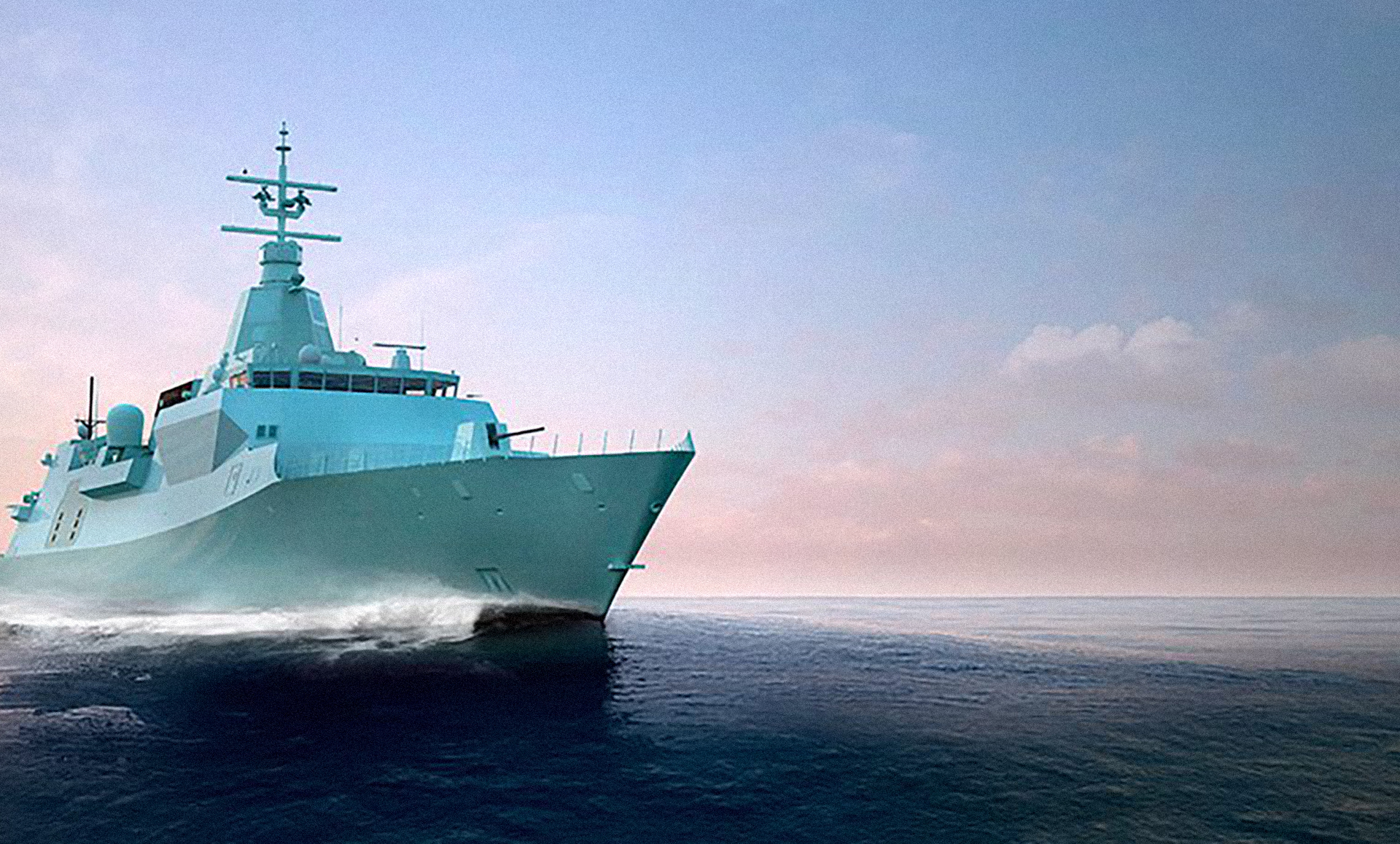$ 77 billion for 15 ships: the size of the bill for our new warships is commensurate with Canada’s choices.
“Since the Canadian army is small, we are trying to buy marine platforms that will do everything, and these are expensive ships,” said Professor Jean-Christophe Boucher, of the University of Calgary.
Heavily armed, the new Canadian Surface Combatants, according to their official name, should not allow themselves to be imposed on the seas of the globe.
Very versatile, they will perform a wide range of missions, therefore both defense and air attack, naval and submarine, in addition to being suitable for coastal patrol.
None have sailed
The new frigates are based on a British model called the Type 26 Global Combat Ship. The Australian Navy also selected him. However, no such vessel has yet sailed.
According to the Canadian Parliamentary Budget Officer, the program will cost $ 77 billion, while Ottawa estimates it at $ 56 billion to $ 60 billion.
In Canada, Irving shipyards won the prize pool, in association with British builder BAE and Lockheed Martin.
“In addition, continues Professor Boucher, Canada is not really a good producer of boats. Our shipyards are not globally competitive. ”
Result: “In fact, these contracts are regional economic development projects,” he says.
Retired Lieutenant-Colonel Rémi Landry, professor at the University of Sherbrooke, also recalls that the bill for military equipment is increasing exponentially. “It’s the technology that’s expensive,” he says.
Purchasing process
In addition, in Canada, the military procurement process is, in his opinion, complex and above all long, which greatly delays decisions. “This procrastination is also costly.”
Mr. Landry noted that the Canadian Navy has a demanding mandate to fulfill. It must patrol three oceans and participate in multinational naval operations.
“Being sovereign,” he said, “does not necessarily mean having a warlike capacity, but to ensure respect for what belongs to us. It takes a minimally equipped navy. ”
He recalled that in 2017, China launched 17 new ships in a single year and that its fleet has 540 vessels (Canada has 28).
Called on to explain the high costs of the new frigates, the Canadian Forces maintain that the conditions of the program compare to what is done elsewhere in the world.
“The cost and timelines of the Canadian Surface Combatant Project are consistent with other similar shipbuilding projects when the scope of projects and full capabilities are considered,” the email wrote.
Stevens LeBlanc / QUEBEC JOURNAL
The Davie de Levis shipyard.
Before Chantier Davie can hope to reap some of the immense benefits of the new frigate program, it will have to take an important step.
It must be accepted by Ottawa as an accredited yard for the National Shipbuilding Strategy. Currently, only the Irving shipyards in Halifax (where the frigates should be built) and Seaspan in Vancouver are.
But it is almost done for the Lévis shipyard, near Quebec. The federal government has agreed to prequalify the Davie and is due to announce its decision in the coming months.
“We continue to work with the Government of Canada to finalize our participation (in the national strategy),” said company spokesperson Marcel Poulin.
La Davie first wanted to participate in the construction of new Canadian Coast Guard icebreakers.
Last May, Ottawa announced that the Davie had been awarded the contract for one of two icebreakers for Arctic patrols, subject to obtaining certification for the National Strategy.
1,200 jobs
The cost of these ships is expected to exceed $ 1.3 billion and create 1,200 Davie jobs.
It must be said that the Davie’s order book is currently well filled. The site workers are working in particular to complete the repair of the last of the three used icebreakers purchased from Norway by Canada in 2018. We are also preparing the construction of the ferry NM Jean Lapierre which will be used in the Magdalen Islands from from 2027.
La Davie will then tackle the construction of six more icebreakers for the Coast Guard, a contract also conditional on the accreditation of the National Strategy.
“La Davie is determined to integrate the National Shipbuilding Strategy in order to build Canada’s future icebreaker fleet here, in Quebec,” said Mr. Poulin.
The shipyard will then have the opportunity to claim its share of the pie for the construction of the new frigates which, because of its size, will extend over many years.



